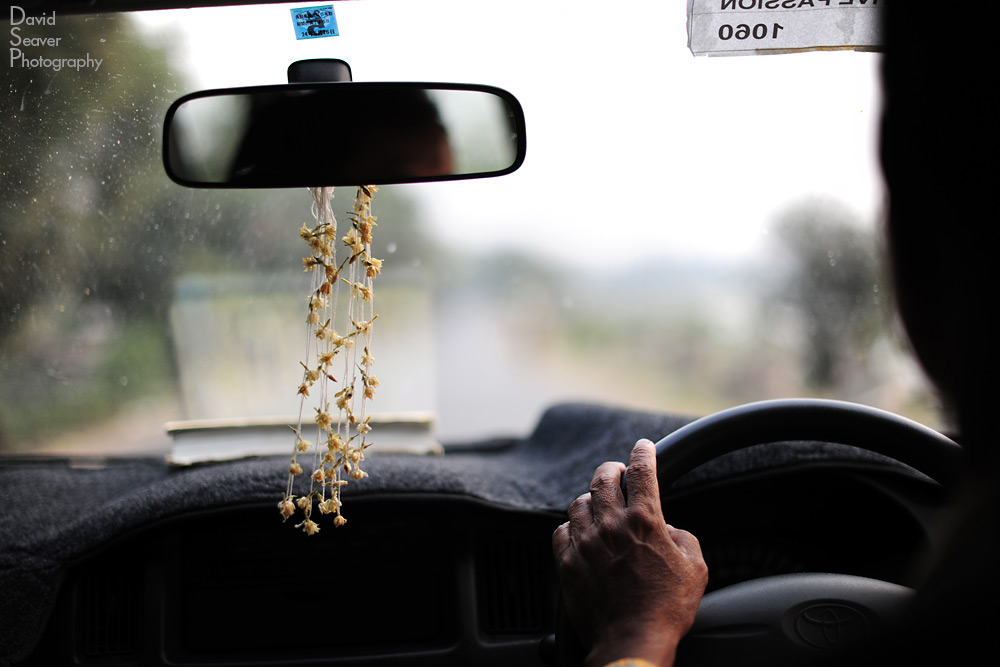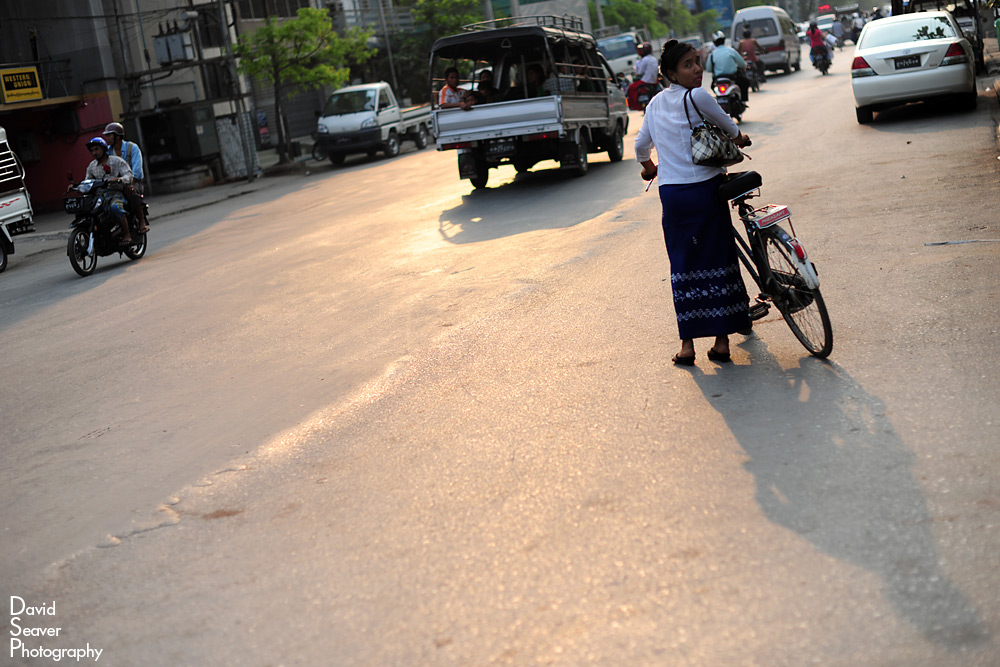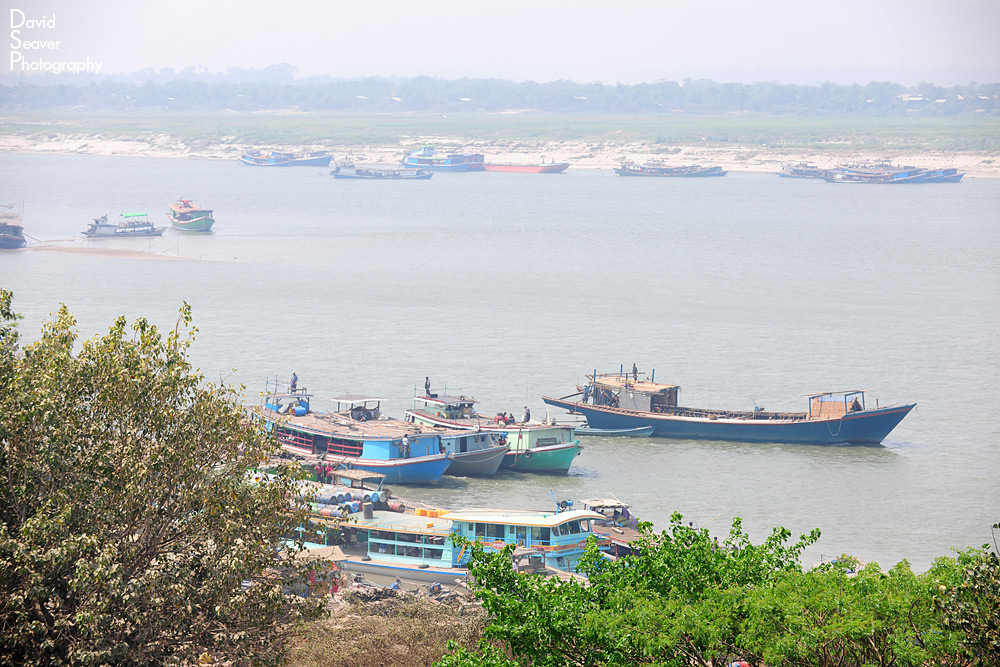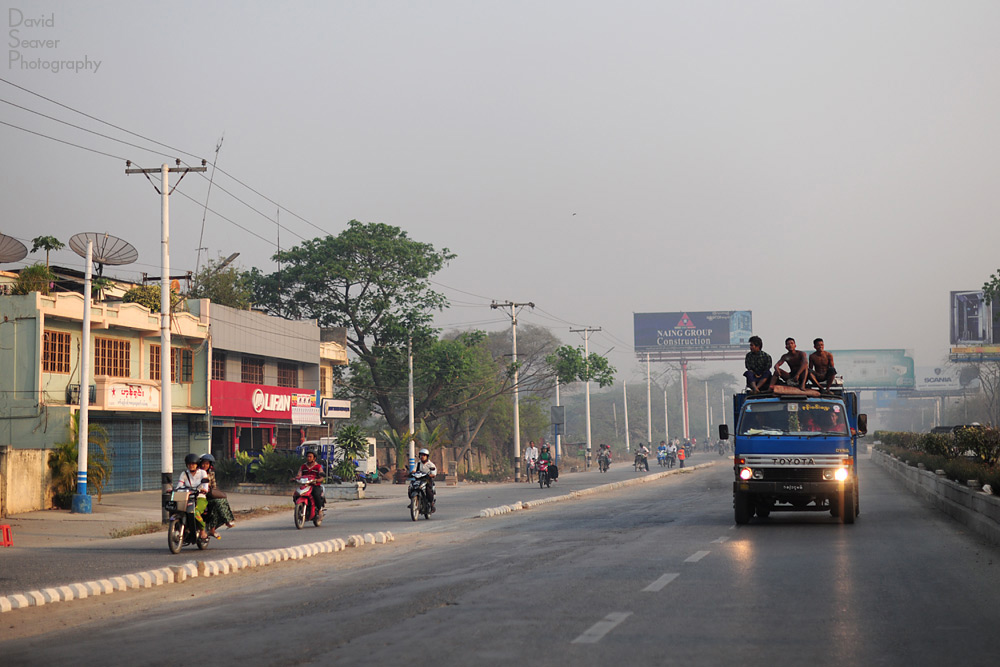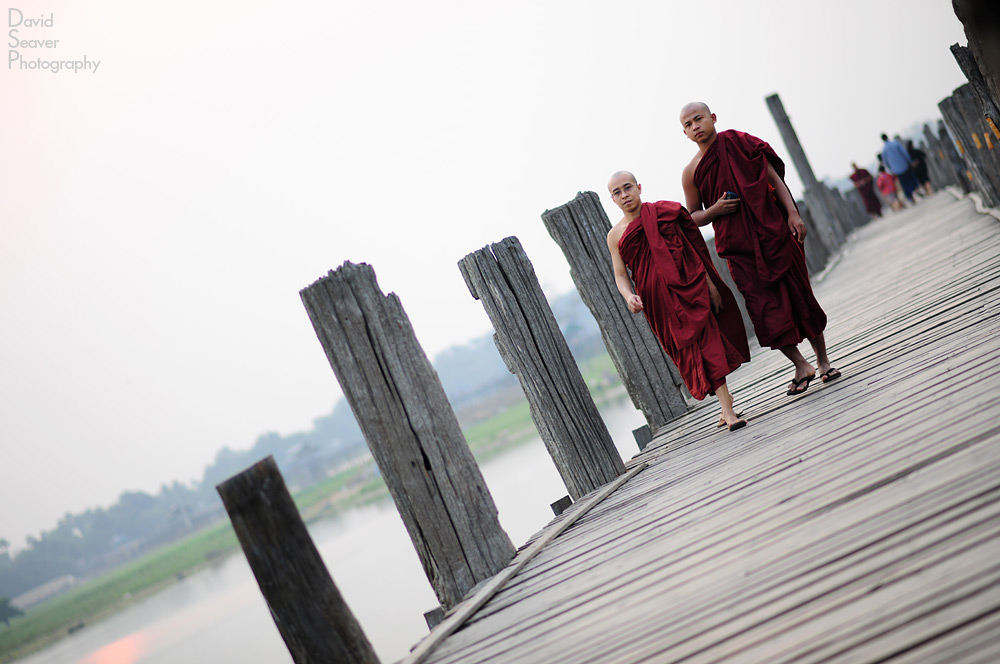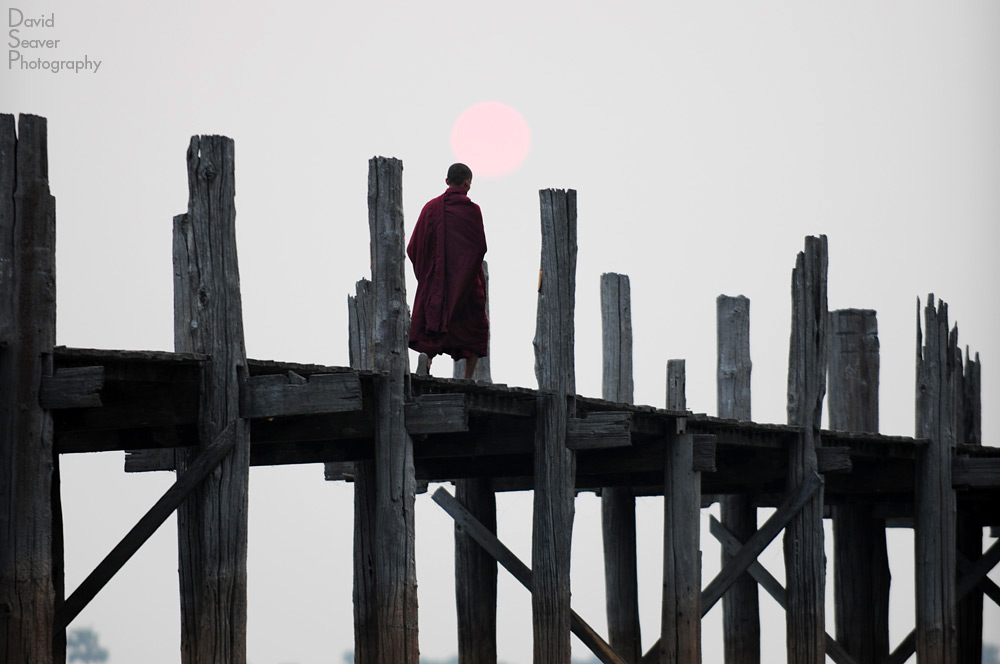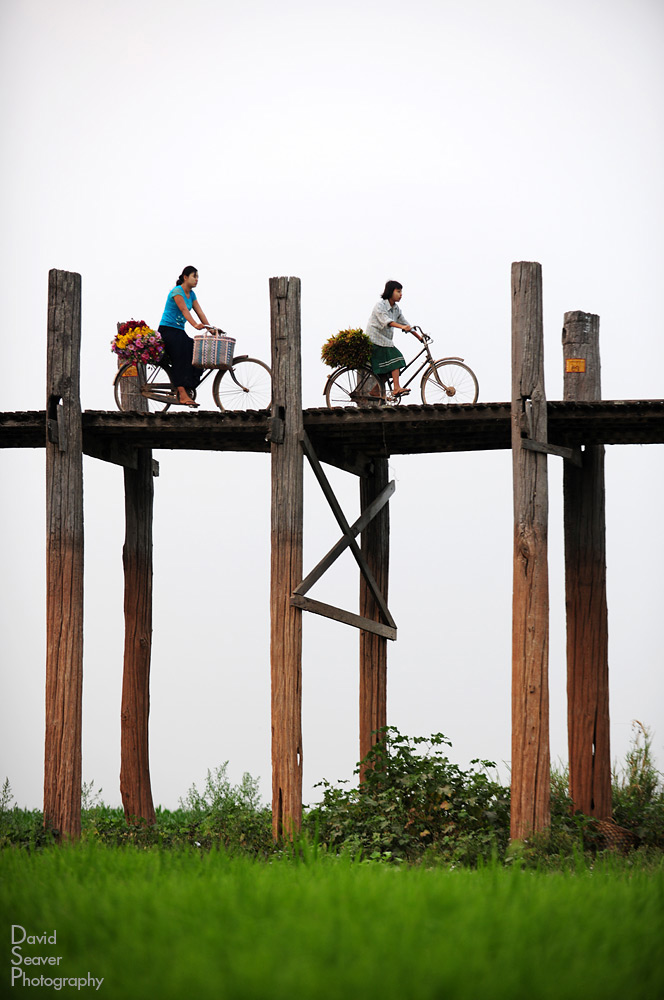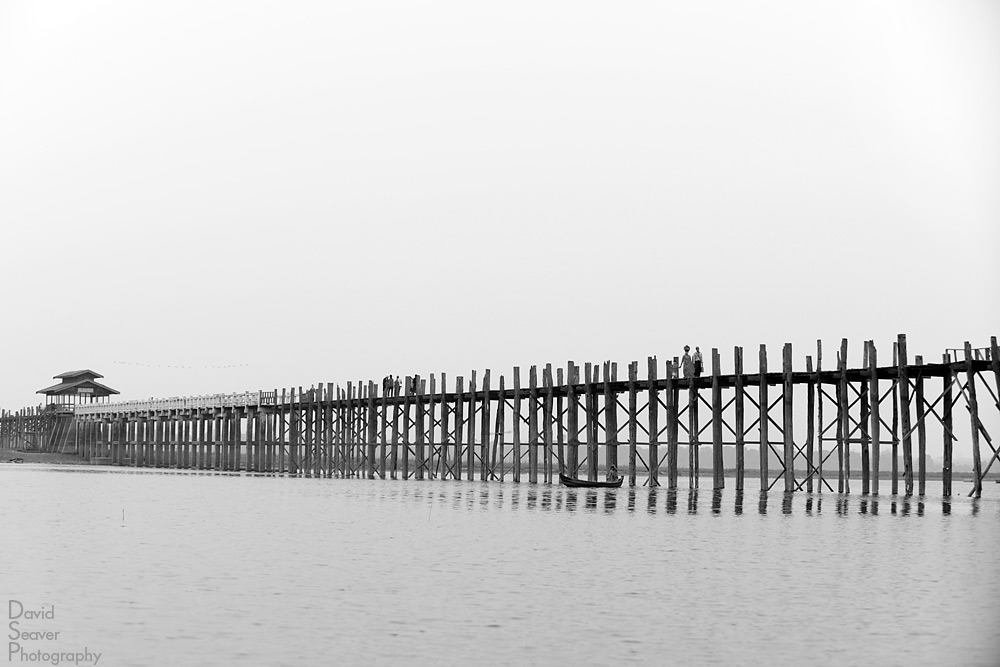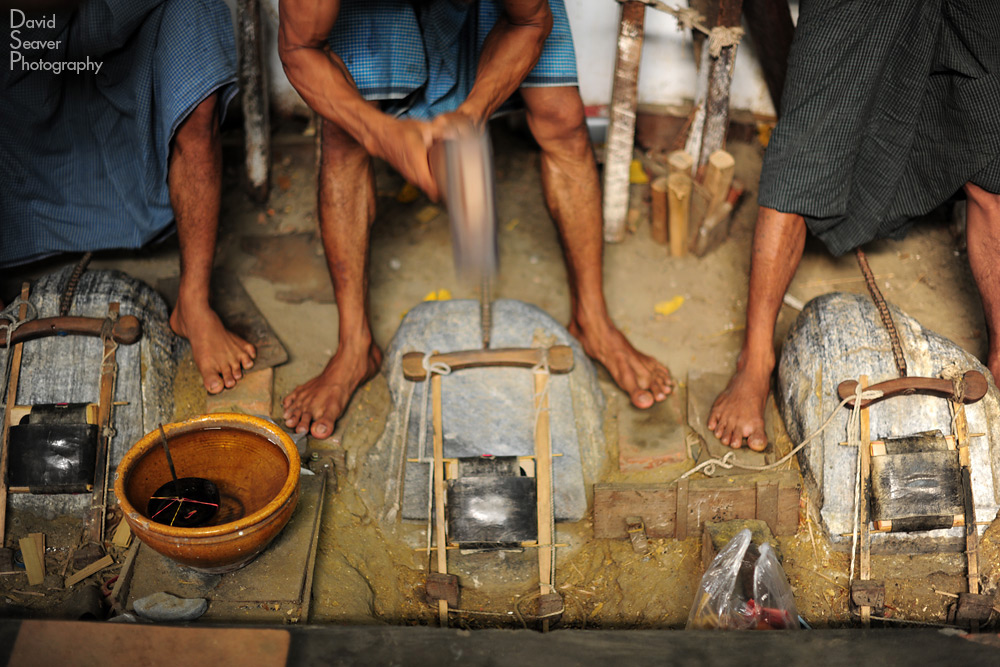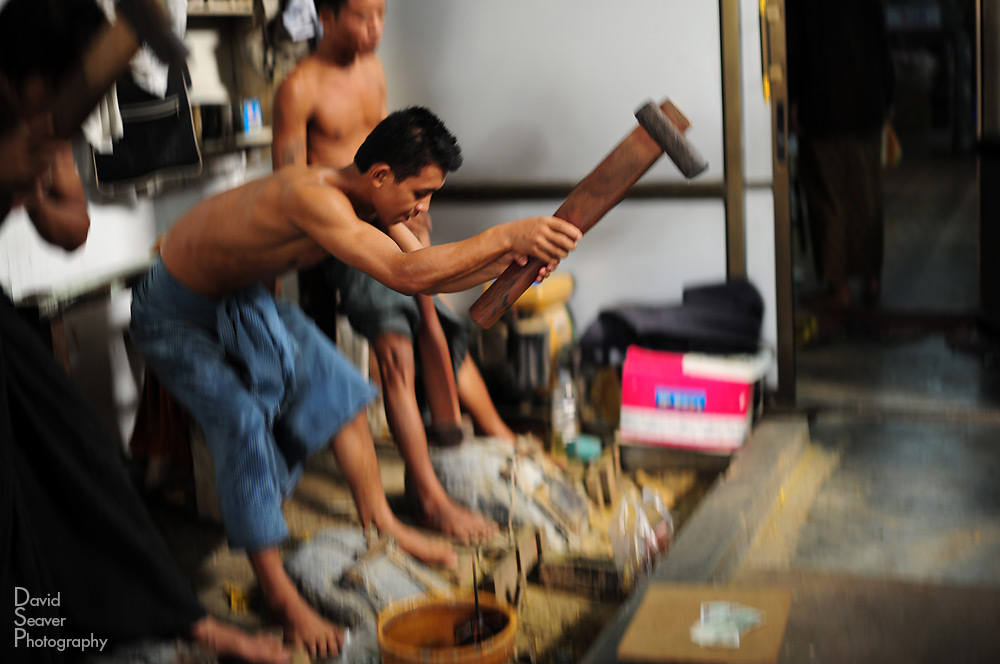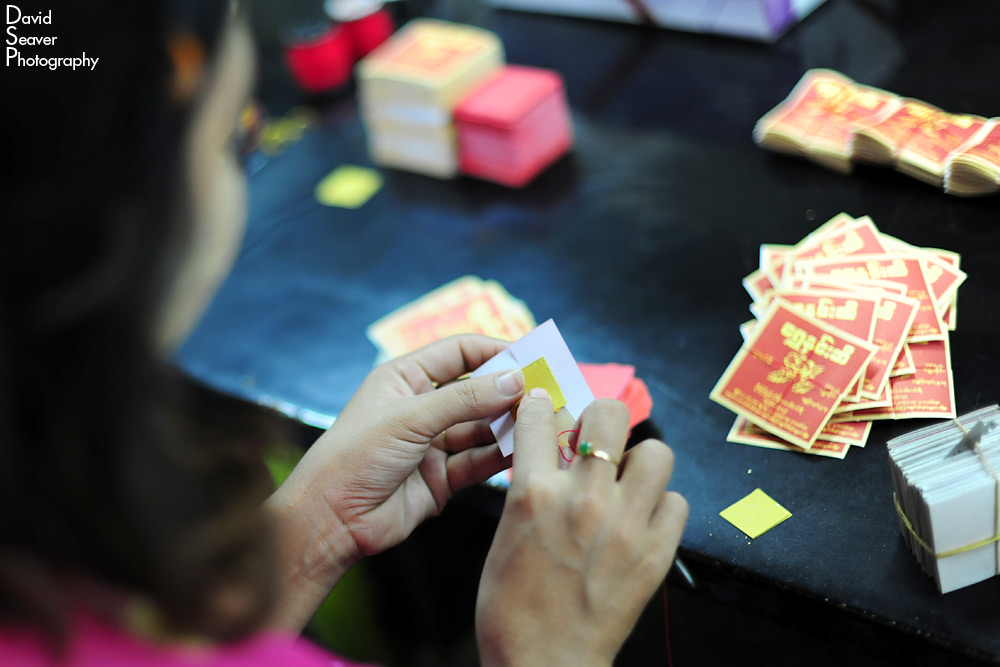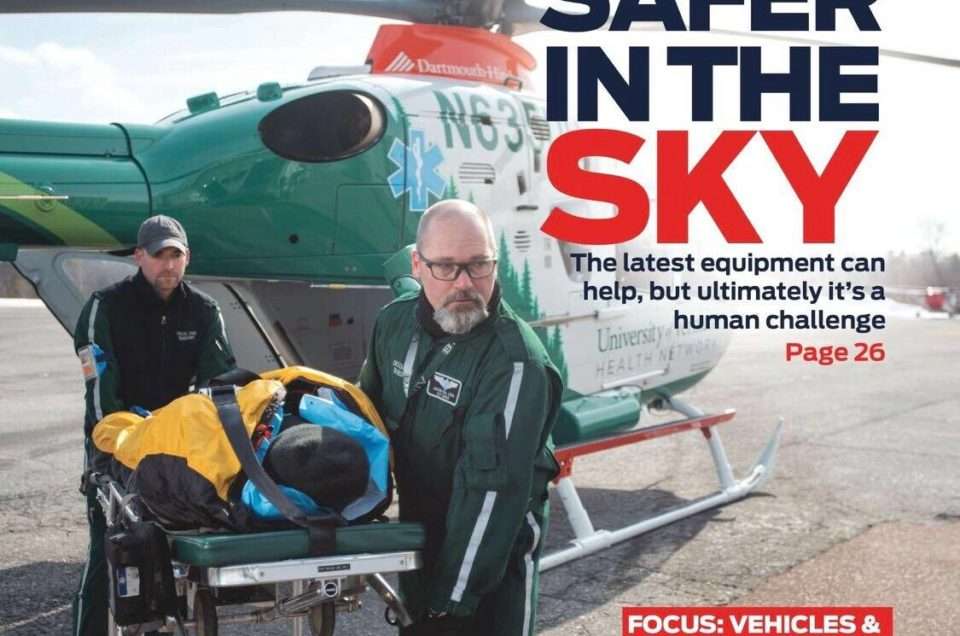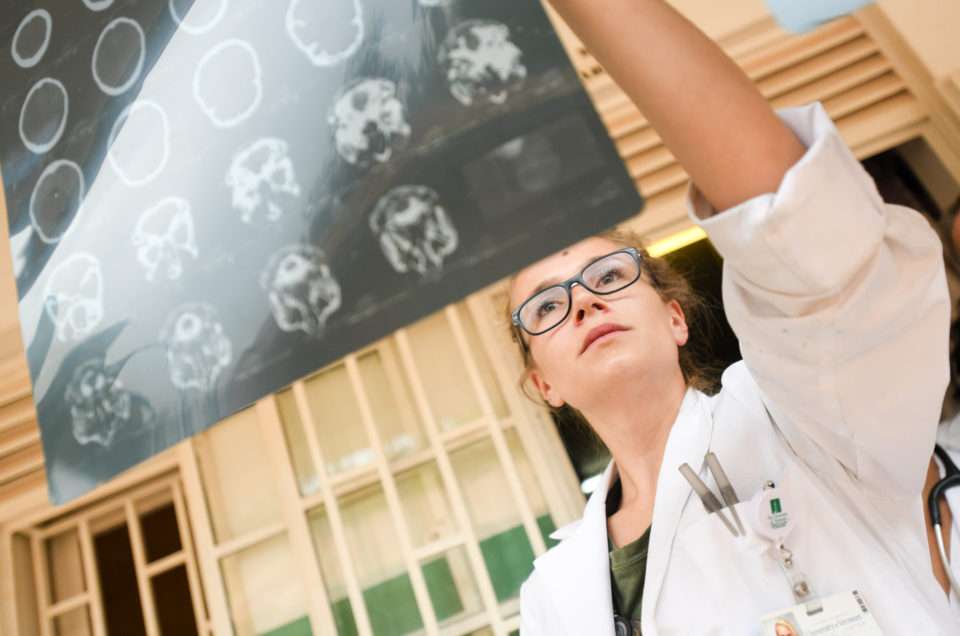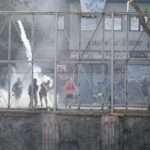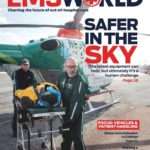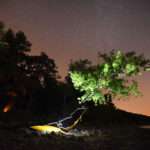After landing at the empty, dilapidated airport in Mandalay we found a hotel and started to explore the city. With all its history, it was nice to find the streets laid out in a grid, however with temperatures hovering around 100 degrees, walking proved to be challenging at times. At first we just thought it was ‘Asia hot’, the kind we’d experienced in other corners of the continent, but a few days in we actually saw a thermometer and were shocked. The oft-repeated refrain, “I think I have heatstroke…no really…” would signal the need to find cool drinks in an air-conditioned restaurant.
Not nearly as big as it’s southern counterpart Yangon, Mandalay has a very provincial feel, with houses and businesses spilling out onto the streets, and few buildings over 4 or 5 stories. Skin tones and faces seem to range wider than other places I’ve visited; a large, long standing Indian presence can be easily seen, as well as Chinese, and European influences. As the country has opened up over the last few years, new people have been arriving. Business seems to be humming along at a good pace. We saw construction projects everywhere we went and just as in other Asian nations, the ubiquitous shop-house is where everything is purchased.
With so much history, it turns out there really isn’t that much to do in Mandalay. There’s the palace, an imposing walled (and moat-ed) city that has been destroyed and rebuilt by each successive ruler. There’s Mandalay Hill, with it’s many, many steps, that we just couldn’t muster the energy (or sweat) to conquer. We did manage to walk most of the downtown, eventually making our way to the mighty Irrawaddy River, one of Asia’s largest and the lifeblood of Myanmar. With our travels coinciding with the hottest part of the year, the river was near it’s lowest point and giant sandy banks stretched as far as the ever present haze would allow us to see. Even with the low river level, a constant drone of diesel boats plied the river moving goods and people up and down the country.
We weren’t quire sure what to expect coming to Myanmar. I’ve experienced ‘newly opened’ countries before and this wasn’t like any of them. After endlessly fretting about getting a visa as a photographer, we found zero problems going in or out, and basically saw no visible government presence. I was expecting to at least see police on the streets, but there were none. It seems in the spirit of reform, they have fully pulled back and let life move on. While everyone was friendly, a few spoke English well enough to talk of the changes taking place. The general consensus was that the reforms taking place were good in theory, but it would be another 10 years before ‘real change’ took place. Considering they have gone from military rule, complete censorship, secret police, and all the horrific trappings of a tightly controlled country, to one where the internet is unblocked, cell phones now exist, freedom of speech is allowed, and voting (on a limited scale) happens, all in the span of 2-3 years, seems like real change to me. As those who follow international events are aware of, there are still many problems affecting the county. Fighting continues in the north with the Kachin, in their long running struggle for autonomy. There have been regular and disturbing attacks on Muslims, by Buddhists, with neighborhoods burned and many people killed. A few of these incidents happened while we were in country. It would appear to me that the government pulling back has left somewhat of a power vacuum on the streets and has allowed Buddhist extremist (lead by monks in some cases) to exploit the opening.
Anyways, back to our trip…
Two things in Mandalay that I really enjoyed seeing were the U Bein Bridge, the longest teak bridge in the world, and the ‘gold-pounders’, who make by hand, the gold leaf that is used in many Buddhist rituals.
Getting to the bridge before sunrise was a nice (cool) experience, watching the comings and goings or people and monks, strolling, power walking, and biking over the bridge.
The gold-pounders work the metal down to leaf by hammering it over and over. The rhythmic blows of the hammers were both mesmerizing and deafening. Sinewy young men, creating gold leaf to be rubbed onto statues of Buddha until they become blobs of gold.
More to come. Next up – Bagan and the plain of 10,000 temples.

